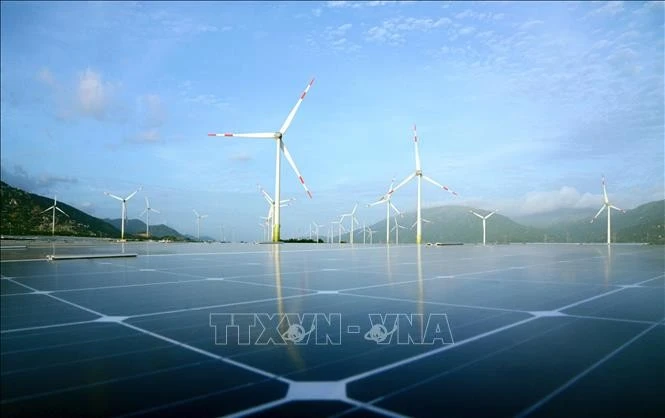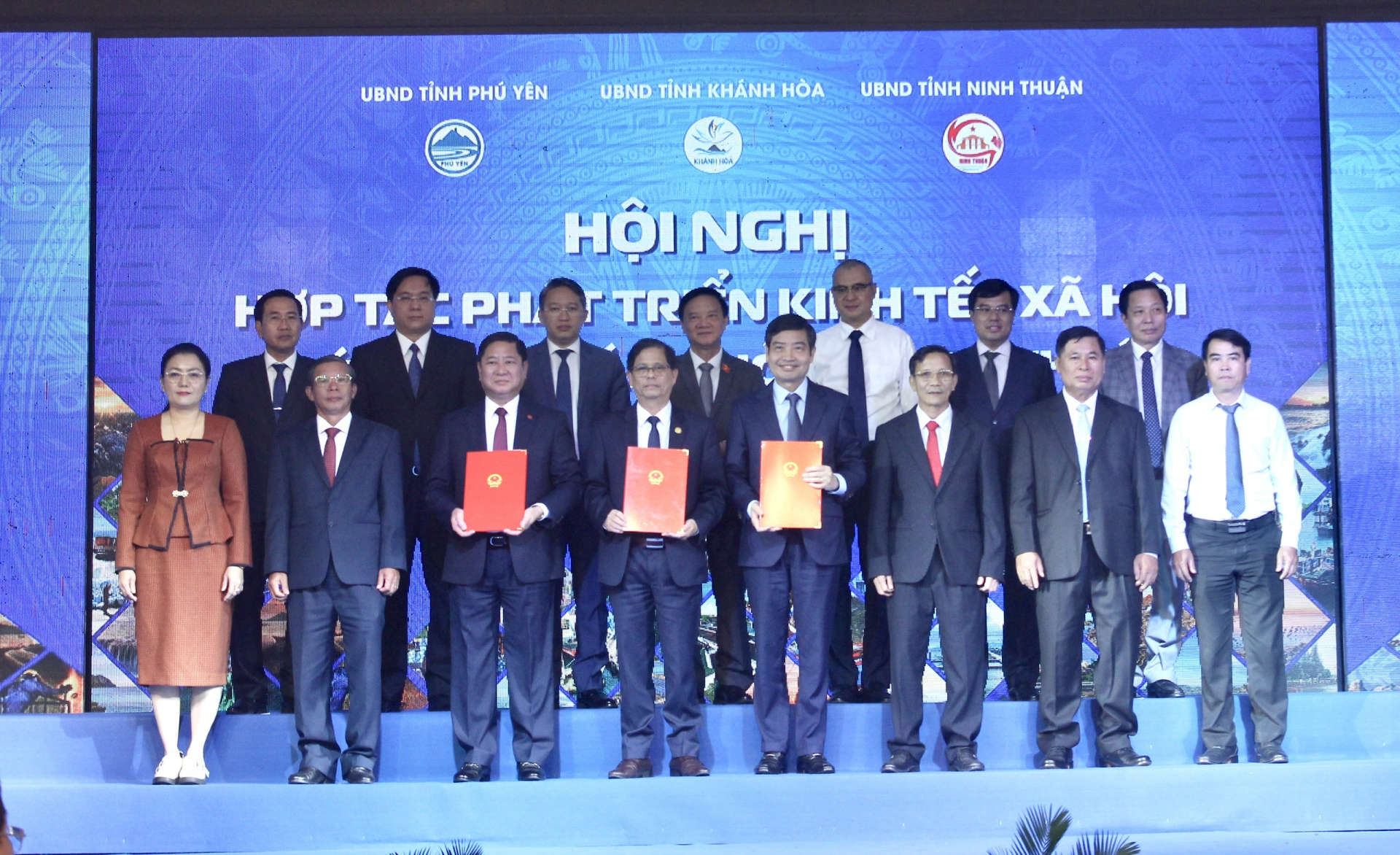Deputy Prime Minister Bui Thanh Son has signed the PM’s decision approving adjustments to the national power development plan for the 2021-2030, with a vision to 2050.
 |
| Wind and solar power projects in Loi Hai and Bac Phong communes, Thuan Bac district, Ninh Thuan province. Photo: VNA |
The decision outlines the scope and boundaries of the plan, covering power generation and transmission projects with a voltage level of 220kV or higher, as well as the renewable and new energy industries and services across Vietnam, which include interconnection projects linking the national grid with neighbouring countries.
The key objective is to ensure sufficient electricity for national socio-economic development toward an average GDP growth rate of around 10% per annum during 2026–2030, and approximately 7.5% per annum for 2031–2050.
Concerning electricity targets by 2030, commercial output is set at 500.4 – 557.8 billion kWh, power generation and imports at 560.4 – 624.6 billion kWh, and peak power capacity at 89,655 – 99,934 MW.
Also by 2030, the plan aims for 50% of office buildings and 50% of households to use self-generated rooftop solar power for on-site consumption (not fed into the national grid).
Towards a just energy transition, it calls for a major push in renewable energy development (excluding hydropower), targeting a 28 – 36% share of electricity generation by 2030, with the figure rising to 74 – 75% by 2050. A smart grid capable of safely and efficiently integrating large-scale renewable energy sources will be built.
By 2030, two interregional renewable energy industry and service centres will be established, encompassing production, transmission, consumption, equipment manufacturing, construction, installation, and related services. These will be located in high-potential regions such as the North, South Central, and South, depending on favourable conditions.
The plan also envisions developing renewable and new energy sources for export to Singapore, Malaysia, and other regional partners. By 2035, electricity exports are expected to reach a capacity of 5,000–10,000 MW, with potential for higher levels depending on demand and economic viability, while ensuring national energy security and defence.
The total investment required for power generation and transmission infrastructure is estimated at 136.3 billion USD for 2026–2030. For the periods 2031–2035 and 2036–2050, projected investments are 130 billion USD and 569.1 billion USD, respectively.







